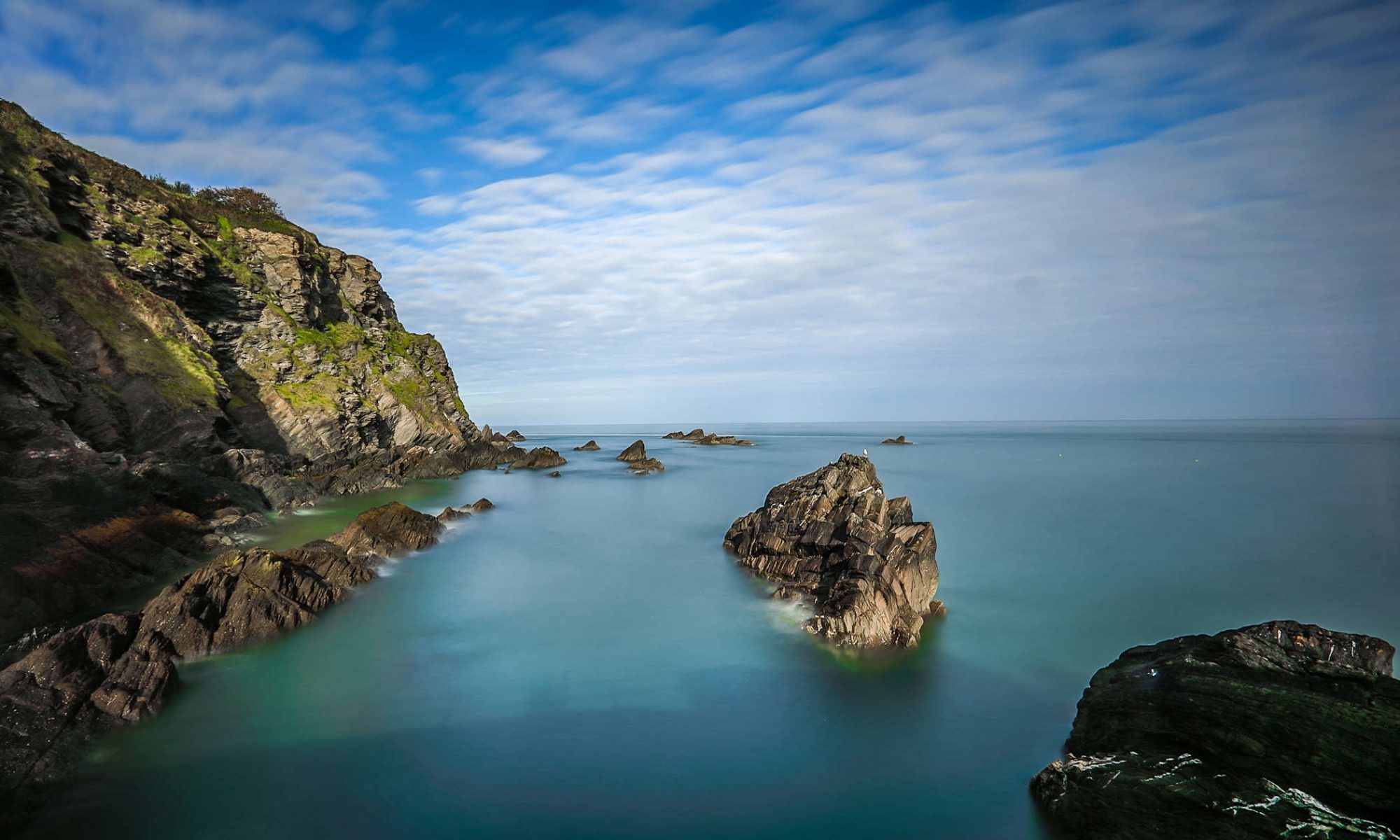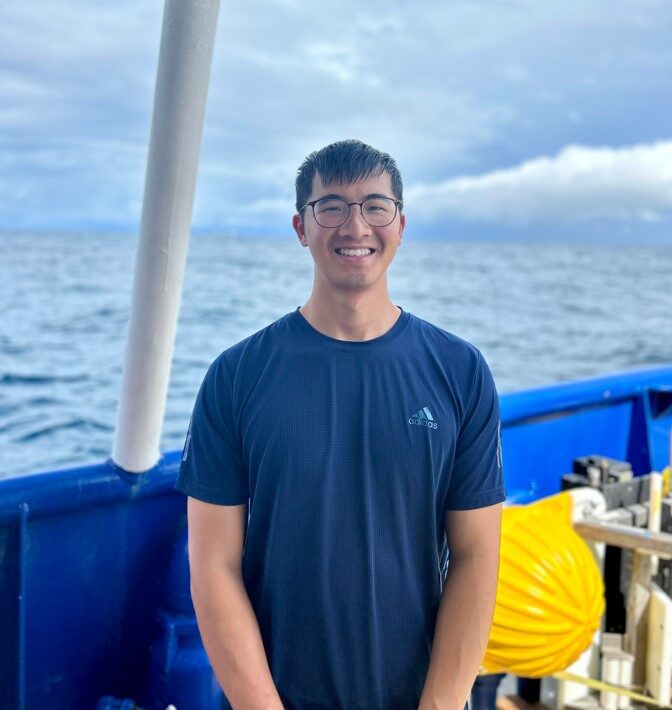Currently, I am a PhD student and NOAA Dr. Nancy Foster Scholar at the University of Rhode Island Graduate School of Oceanography. I originally joined the lab in Fall 2022 as an M.S. student in Biological Oceanography. Before that, I earned my B.S. in Biology (‘21) at Villanova University, where I worked in the Changley Lab group (and their NSF WETFEET Project) studying coastal wetlands and mangroves in Florida using field and GIS techniques. I spent 2022 applying to graduate school, working for a grassland ecologist in the U.S. Forest Service in Rapid City, SD, and researching fisheries sustainability in the Philippines through a U.S. State Department Fulbright Student Research award. My graduate work focuses on the spatial and temporal environmental drivers of mesophotic coral reef distribution in the Gulf of Mexico.
What made you decide to go into marine science?
Growing up in Plattsburgh, NY, I always enjoyed the beauty of Lake Champlain and being outdoors. When I was younger, I read a lot of action novels, including most of Clive Cussler’s ‘Dirk Pitt’ collection. The underwater world gripped me with adventure then and still does now. In college, I became more and more interested in work and a career that would help humanity understand, mitigate, and conserve the environment in the face of man-made climate change. I figured studying oceanography would be a great way to understand more about how Earth functions since it covers 70% of the world and we are an ‘ocean’ planet. I would be remiss to mention that I also enjoy my fair share of adventure and challenges—both of which are never far away when you do fieldwork (in my case, having to go live on a ship to do research).
What is the focus of your research/work? What do you think is the most important takeaway from your research?
My research focuses on developing a deeper understanding of the different scales of variability (particularly spatial and seasonal) in mesophotic environments where habitat-building coral and coralline algae thrive, and how that variability can impact their distribution in the Gulf of Mexico. Currently, our knowledge is limited by sampling efforts in these environments as ship research is expensive. I’m mainly using observational methods to collect environmental data in situ using novel benthic lander systems we developed in our lab and computational models to predict and estimate biogeographic distributions. I think the most important takeaway from my work is that understanding and measuring the environment for marine species is key if we want to be better informed about how anthropogenic climate change and other disturbances will impact coral reefs across the world at local and regional scales over the next few decades and centuries.
What is the coolest thing you’ve done through your work?
I got to pilot a remotely operated vehicle (ROV) for 10 minutes this past summer! It was like a real-life video game.
What is one fun fact about you?
I have also dissected giant tube worms (Riftia pachyptila) almost three feet long from hydrothermal vents!
If you could have any superpower, what would it be and why?
I think it would be really cool to breathe in any medium (liquid, gas, solid) and be able to control my homeostasis to adjust to many extreme temperatures for a short period. That would include things like being underwater, in space, in Earth. I’d have to come up with some sort of special suit that protects the rest of my body. Obviously, this would be a cool way to explore the world and potentially space!


